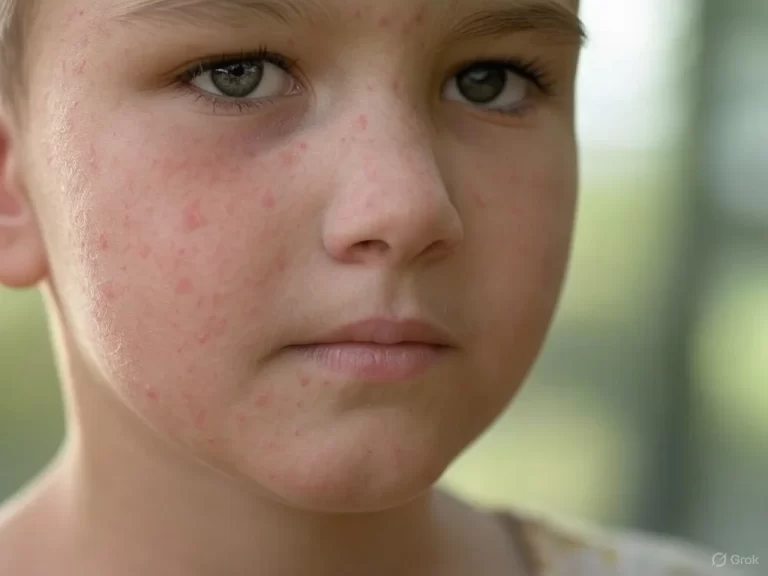Measles might sound like a relic of the past, but this highly contagious viral disease remains a global health concern. Caused by the measles virus, it spreads through respiratory droplets—coughing, sneezing, or even talking can propel it into the air. Once contracted, it brings fever, cough, runny nose, and a telltale rash of red spots. While most recover, complications like pneumonia, encephalitis, or even death can strike, especially in young children or the immunocompromised.
Before the measles vaccine debuted in 1963, the disease was a grim rite of passage. Millions died annually, and survivors often faced lifelong consequences. Vaccination slashed cases dramatically—by over 99% in many regions—proving it’s one of humanity’s greatest public health victories. Two doses of the MMR (measles, mumps, rubella) vaccine offer near-lifelong immunity. So why, decades later, does measles still rear its head?
Tip: Stay as healthy as possible with Health Supplements found here.
Outbreaks persist due to vaccine hesitancy, fueled by misinformation linking MMR to autism—a claim debunked by exhaustive studies. Gaps in vaccination rates create pockets of vulnerability. In 2024 alone, unvaccinated communities saw flare-ups, from rural enclaves to urban centers, reminding us that herd immunity (requiring 90-95% coverage) is fragile. Travel also plays a role; an unvaccinated tourist can import the virus, igniting local chains of infection.
Prevention is straightforward: vaccinate. (Always use due diligence) Public health campaigns must counter myths with facts, emphasizing that measles isn’t “just a rash”—it’s a killer given the chance. For parents wavering, the math is stark: the risk of severe vaccine side effects is one in a million, while measles complications hit one in four cases. Let’s recommit to this fight. Measles isn’t invincible—our choices make it so. One shot (or two) can keep it history, not headlines.
Tip: Stay as healthy as possible with Health Supplements found here.



